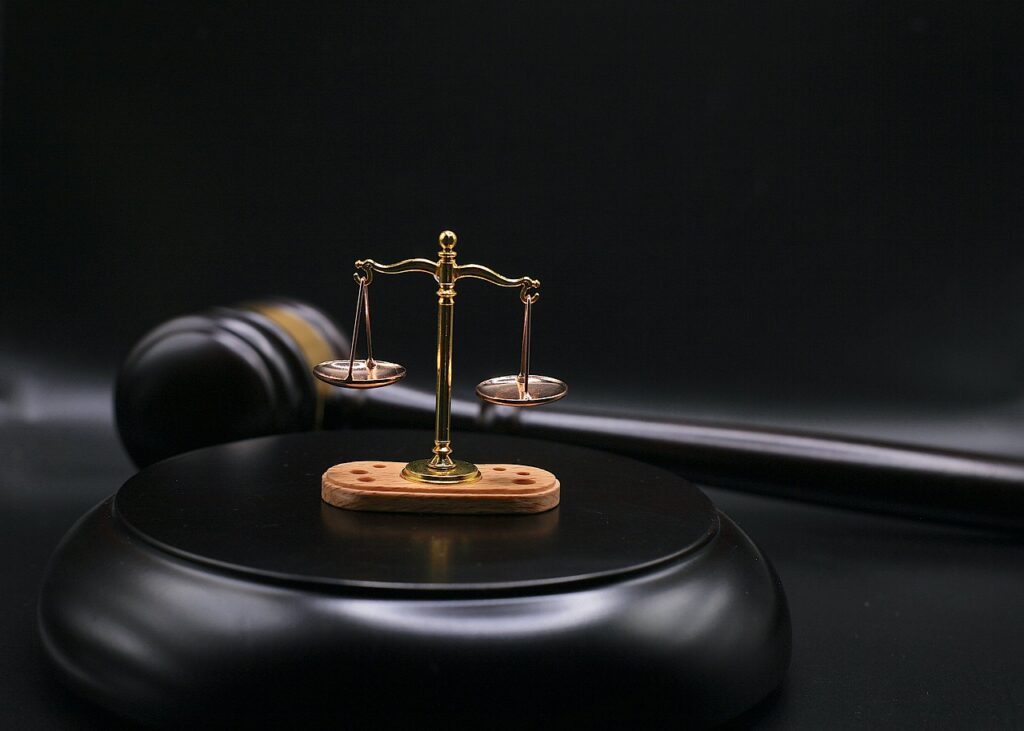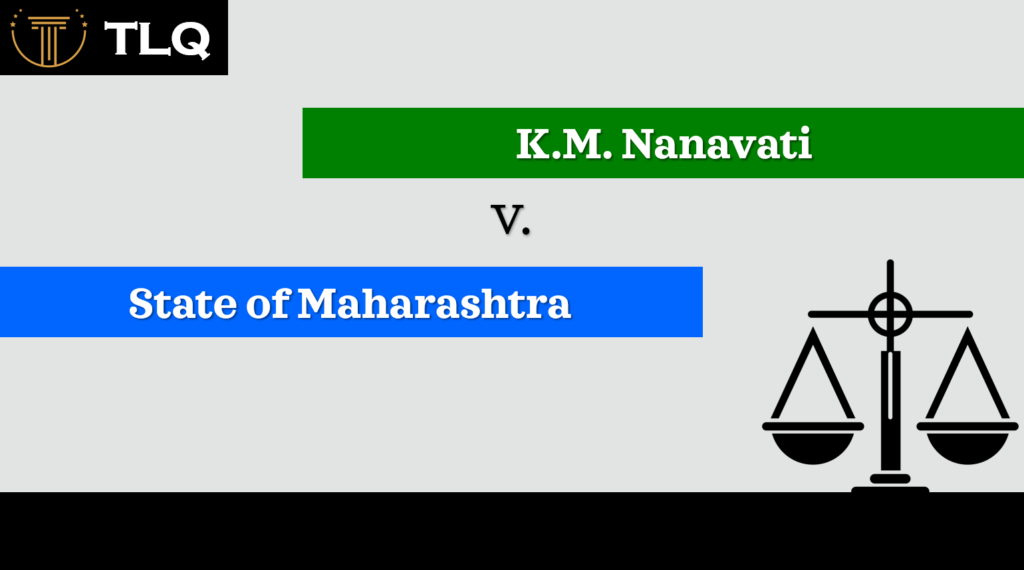Published On: 20th September, 2024
Authored By: Shreyansh Kuldeep Singh
Banaras Hindu University
The history of the world is full of disputes, conflicts and wars arising out of them. Even back in time, when borders amongst countries were not as defined as they are now, disputes were frequent and deadly. Today, with precisely defined borders and increasing transactions amongst nations all around the world, the existence of disputes is not surprise to all. Some turn into full-fledged wars, some into years of conflicts and skirmishes, some result in choking of trade between the concerned nations, while some have an effect so wide, they encompass a lot of other nations into the dispute and its repercussions. Examples for this will never be difficult to find – The Russia-Ukraine war, The Israel-Palestine conflict, the sorry state of many African nations and complete blockage of trade amongst nations like in case of India and Pakistan.
But expecting such disputes to not arise at all would be a bit of a stretch. One has to keep in mind that all the nations and their governments around the world are responsible to their people for their safety and well-being. Obviously there might be regimes and governments working for their own interests rather than that of their people, yet, expecting such disputes to not arise at all would be farce. These disputes can be best defined as the inevitable result of population and existence. Wherever people reside, be it in a house divided by rooms, a city divided by roads or a world divided by boundaries, disputes are inevitable and they more or less shape our present and future. And another truth is that war and armed conflicts are disastrous. They hardly ever achieve what they start for, they consume life, property, economy and most importantly, peace. So the need of the hour is peaceful settlement of such disputes rather going for the solution aforesaid.
This need has fortunately been recognised by countries and organisations for decades for. And a lot of them continuously strive to settle such disputes through these methods. Some of them are – Inquiry, Conciliation, Mediation, Settlement through International courts and tribunals , arbitration, etc. All these methods seek to prevent bloodshed and loss of any kind and are ways of settling disputes in a peaceful manner. They have been and are being adopted throughout the world for settlement of disputes and are proving to be effective in most of the cases.
Arbitration is one such method that allows for peaceful settlement of disputes not only at international level but also at lower levels, like in business deals, settlement of legal disputes, etc. It is a type of ADR (Alternative Dispute Resolution). It is defined in the Black Law’s Dictionary as “A process of dispute resolution in which a neutral third party (arbitrator) renders a decision after a hearing at which both the parties have an opportunity to be heard.”1 As it is clear from the definition, arbitration involves resolution of the dispute through a “neutral third party” called the arbitrator. This feature alone sets arbitration aside from its fellow methods of dispute resolution, as none of them involve the parties to the conflict with another neutral party for resolution. This allows for a new and better perspective into the dispute, paving way for peaceful settlement. The arbitrator hears both to the sides regarding the dispute, which he can do over either one or several meetings. Once done with this, the arbitrator announces his decision, also called an “award” which is binding on both the parties and none of them can go a court against the award, unless they suspect foul play or bias on part of the arbitrator.
International arbitration is the resolution of disputes between countries or companies regarding their cross-border disputes. It has become a very important and pivotal way of resolving disputes between parties at an international level while avoiding conflicts of any kind. Usually when such arbitration is required, both the parties appoint their representatives to the arbitration board, who would present their respective cases before the arbitrator or arbitrators, who are amicably appointed by the parties to avoid any possibility of bias or favouritism towards either of the parties. However, it is important to note that for dispute to be taken to arbitration, both the parties should agree to the idea. If one single side decides to setup an arbitration and then tries to enforce its award, it would not be legally binding on the parties and would essentially be nothing but an unfair way to solve the dispute as the other side was never allowed to even put up arguments for its case, which would violate a very basic principle of Natural Justice – AUDI ALTERAM PARTEM, i.e. ‘Let the other side be heard as well.’
Although there is no law per se that governs the framework of international arbitration, the United Nations Commission on International Trade Law (UNCITRAL), a subsidiary body of the United Nations General Assembly, prepared and adopted the Model Law on International Aribitration on 21 June 1985. As it is a ‘model law’ it cannot be enforced and merely supposed to be an example for law, if one is to be drafted and enacted by competent authorities in the future. It was amended in 2006 and a few more clauses were added to it. Nations around the world are free to adopt the model law and enact it in their respective territories and use it for their purposes. The model law does lay down some basic rules which are usually followed by all arbitration bodies around the world, like Article 4 of the act, which lays down that if any party proceeds with the arbitration despite being aware of the procedure not being followed or any such instance, it shall be deemed to have “waived his right to object.” 2 This rule is typically adhered to in almost all arbitrational proceedings because the entire point of arbitration is to avoid a full trial in court or any type of military conflict. If a party objects to the arbitrator(s)’ award after it has been rendered on the grounds of improper procedure, the arbitration’s entire purpose will be defeated. Another example of a common arbitration rule which is followed in arbitration around the world and has been enumerated in the UNCITRAL model law is rule realting to number of arbitrators. Article 10 of the law provides for the parties to be free to decide the number of arbitrators, usually 1 and never in even numbers as it may lead to a tie amongst the arbitrators, and if the parties fail to do, the number shall be 3 (Article 10(2)). The rule regarding the number of arbitrators not being even has been infact expressly provided for under section 10 of the Indian Arbitration and Conciliation Act, 1996. So, while the model law does provide for some universal provisions that are already followed in arbitrations around the world, it is yet only a Model Law and has no enforceability. Which is why international arbitrations usually follow a mix of rules followed by the parties to the dispute to maintain transparency.
While there may be no law or enactment to provide for rules of international arbitration but the awards passed by such bodies is indeed binding upon the parties to the arbitration. The same was ensured by the Convention on the Recognition and Enforcement of Foreign Arbitral Awards or the New York Convention, adopted on 10 June 1958 and entered into force on 7 June 1959. Today the convention has 172 signatories and it requires for the courts of the signatory parties to follow any award passed arbitrations in such signatory countries. It is considered pivotal for the enforcement of international arbitration awards as such arbitrations do not come under the scope of a nation’s domestic jurisdiction and hence the enforceability of its awards can be tricky. It also requires for both the parties to be a signatory to the convention for the execution of the award in either of them.3 Article III of the convention lays down as follows, “Each Contracting State shall recognize arbitral awards as binding and enforce them in accordance with the rules of procedure of the territory where the award is relied upon, under the conditions laid down in the following articles. There shall not be imposed substantially more onerous conditions or higher fees or charges on the recognition or enforcement of arbitral awards to which this Convention applies than are imposed on the recognition or enforcement of domestic arbitral awards.“4 This provision thus provides for the enforcement awards of arbitrations amongst the signatory states and also ensures that there is no bias or ill-attempt against the arbitration by prohibiting unnecessary onus or higher fees being impose on it, as such conditions are always decided by the arbitrators and the parties to the arbitration. Article V of the convention provides for situations when an award can be set aside like,
a party’s incapacity due to it being subject to its law, or the agreement not being valid under the party’s state law,
a party not having being served with proper notice about the appointment of arbitrator(s),
the arbitration being contrary to the party’s public policy,
the arbitration tribunal not being setup in accordance with the arbitration agreement,
the award not dealing with the issue in regards to which the arbitration was setup in the first place or
the award having been set aside by a competent authority in either the country wherein the award has been passed or under the law which the award has been passed.5
There are several bodies that lay down the rules for arbitration around the world and often appoint arbitrators, like, the ICC (International Commerce of Arbitration), the LCIA (London Court of International Arbitration), the AAA (American Arbitration Association), the SCC (Arbitration Institute of the Stockholm Chamber of Commerce), etc. The PCA (Permanent Court of Arbitration) is a non-UN intergovernmental organisation, Peace Palace, The Hague, Netherlands, which provides administrative support to international arbitrations.6 Contrary to it’s name, the PCA is not a ‘court’ and is an administrative body only. When parties to the PCA, 122 states in number, decide to take a dispute to it, a tribunal of 5 arbitrators is formed, 4 of whom are decided by the parties bringing the dispute ( two from each party, one of whom may belong to the state), and these 4 decide on a fifth neutral arbitrator. To get a better understanding of international arbitration, we should see some famous cases of cross-border disputes and their settlement attempts through arbitration:-
The Hanish Islands Conflict (Eritrea and Yemen) – The Zuqar-Hanish archipelago in the Red Sea consisted on several islands on which both the states of Eritrea and Yemen claimed sovereignty. While the dispute was regarding a group of islands, matter escalated when on the island of Greater Hanish, a disputed island primarily resided by Yemen fishermen, a German company started construction of a hotel with the permission of the Yemen government , who also sent about 200 soldiers to protect the construction of the establishment in 1995. Eritrea considered this to be a challenge to its sovereign claim and served an ultimatum to Yemen to stop the work immediately. On receiving no response in the same, the states engaged into fighting that lasted about 3 days, 15-17 December 1995, but to no avail.7 The matter was then taken by the parties to the Permanent Court of Arbitration (PCA) in 1996. Here, both the parties appointed their respective representatives to the arbitration tribunal and the Professor Sir Robert Y. Jennings was appointed as the arbitrator with 4 other conciliator(s) and neutral(s). The tribunal passed its award in 2 stages, as there were two issues in line, (i) the dispute of the sovereignty over the islands and, (ii) dispute over the maritime boundaries between the two states in the concerned area.
In its first award, the tribunal found that none of the parties had valid claims over the disputed islands, neither Yemen on its contention of ancestral rights nor Eritrea on its contention of a succession title. Thereafter, on the basis of the evidence put up by the parties the before the tribunal, Yemen was found to be sovereign over the islands of Zubayr due to their maintaining and installing lighthouses on these islands and an oil production agreement signed by Yemen to some private firms. Eritrea,on the other hand, was found by the tribunal to be sovereign over the islands namely, the Haycocks, the Mohabbakhs and the South West Rocks, owing to their proximity to the Eritrean mainland. On the basis of exercise of functions of state authority, Yemen was granted sovereignty over the Greater Hanish Too. (October 9 1998)
In its second award, the tribunal delimited the boundaries between the two nations following the principles laid down in the United Nations Convention on the Law of the Seas (UNCLOS), 1982. Although Eritrea was not a signee to the UNCLOS, it was observed to have been part of several treaties that followed the rules laid down by it. Both these awards finally settled the dispute between the two parties, acting as an epitome for the effectiveness of arbitration.8
The Indus Waters Treaty Arbitration – The Indus Waters Treaty (IWT) 1960, is treaty of water-distribution between India and Pakistan, which was arranged and negotiated by the World Bank. Signed in Karachi, the treaty lays down the rules regarding the division and use of the water of the Indus river and its tributaries. According to the treaty, the three eastern rivers of the Indus Basin, the Beas, Ravi and Sutlej, located in India, are to be under the unrestricted control of India and, meanwhile Pakistan has unrestricted control over the three western rivers of the basin, the Indus, Chenab and Jhelum. India was also allowed restricted use of the water of three western rivers for limited irrigation and unlimited non-consumption use such as power-generation, fishing, culture, etc.9 Dispute arose when India announced the development of two hydroelectric projects over the rivers of Kishenganga, a tributary of Jhelum, and Chenab. Pakistan objected to the projects contending that the projects were against the provisions of the IWT and would result in reduced water flow to Pakistan and adversely affecting the environment of the area. According to the treaty, any dispute between the two states was first to be resolved through the PIC (Permanent Indus Commission), a body constituting of representatives from both the states and if it was of no avail, then they were to proceed through a Neutral expert appointed via the World Bank and if that were to fail too, then through as CoA (Court of Arbitration). After negotiations through the PIC failed, Pakistan initially called for the appointment of a Neutral Expert, but later retracted its request, and demanded the dispute be solved through arbitration (CoA). Meanwhile, India demanded the appointment of a Neutral Expert and the World Bank paused the talks between the two parties, as both of them had different demands and persisted for resolution through the PIC.10 Pakistan then instituted a CoA, which India objected to as it was in full compliance with the procedure laid down in the IWT and did not send any representatives to the court. Recently, the PCA (Permanent Court of Arbitration) ruled the institution of the CoA as valid recognised its jurisdiction in 2023. The ruling was criticized by India as it never send any representatives to the CoA and hence it is basically only one party to a dispute laying down its claim and trying to gain the award in its favour, something which is a valid ground for the award of such tribunal to be set aside, like under Article V of the Convention on the Recognition and Enforcement of Foreign Arbitral Awards, 1958. The matter is still in dispute and is pending.
Conclusion
Thus, with the above examples we can see how the rules of arbitration are followed wisely without any unfair reservations, it can prove to be a significant alternative to settle cross border disputes amongst nations at an international level, thereby avoiding conflict of any kind between the parties and providing for a peaceful settlement of the dispute. And that is the reason why awards of an arbitration tribunal are mostly binding on the parties, as the individuals deciding upon the matter are amicably chosen by the parties in dispute and they get equal and fair opportunties to prove their points before the tribunal. Unless there exists any extraordinary circumstances where the award of such a tribunal can be proved by a party to the dispute to be biased, favoured or invalid, such arbitrations usually bring the dispute to an end for good.
References:
- Black Law’s Dictionary, Sixth Edition, p.105
- Article IV, Model law on International Commercial Arbitration, United Nations Commission on International Trade and Law
- Convention on the Recognition and Enforcement of Foreign Arbitral Awards
- Artice III, Convention on the Recognition and Enforcement of Foreign Arbitral Awards
- Article V, Convention on the Recognition and Enforcement of Foreign Arbitral Awards
- Permanent Court of Arbitration, Wikipedia, https://en.wikipedia.org/wiki/Permanent_Court_of_Arbitration
- Hanish Islands Conflict, Wikipedia, https://en.wikipedia.org/wiki/Hanish_Islands_conflict
- Sovereignty and Maritime Delimitation in the Red Sea (Eritrea/Yemen), Permanent Court of Arbitration.org, https://pca-cpa.org/en/cases/81/
- Indus Waters Treaty, 1960, Wikipedia, https://en.wikipedia.org/wiki/Indus_Waters_Treaty
- PCA Asserts Competence in India-Pakistan Hydroelectric Projects Dispute, Drishti IAS, https://www.drishtiias.com/daily-updates/daily-news-analysis/pca-asserts-competence-in-india-pakistan-hydroelectric-projects-dispute




